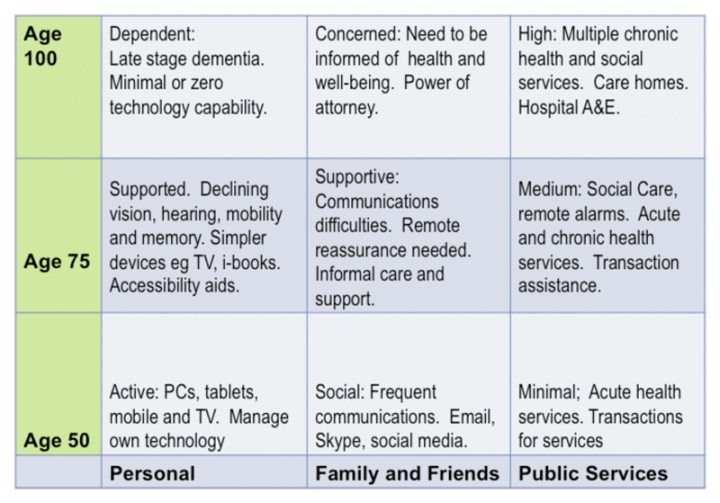The first page of the Impact Assessment of Universal Credit programme, published in February, makes it clear that HOUSEHOLD is the basic unit of measure:
“In nearly 1.1 million workless households, a person would currently lose more than 70 per cent of their earnings if they move into work of 10 hours a week. The incentives to increase hours once in work are also very weak. At present around 0.7m households in low paid work would lose more than 80 per cent of any increase in their earnings because of higher tax or withdrawn benefits.”
This is great for statistical analysis, such as the principal source of data “DWP Policy Simulation Model (based on FRS 2008/9), 2014/15”. Modellers are not concerned about the problems of individual low income people nor the staff making benefits decisions. Quarkside now understands the difficulty of DWP officials answering straight questions like ‘What is a household?”. Sympathy is due when they are expected to translate into Plain English paragraphs such as these:
32. In most cases workless households experience no change in their entitlement in static financial terms. This is because they do not benefit from the earnings disregard, and their basic benefit rates are as in the current benefit and Tax Credit system.
33. Claimants who are under 25, who are childless and not disabled, are currently unable to claim WTC when they are in work. Therefore they will benefit from the removal of this exclusion within Universal Credit. Likewise households who are working part-time and who receive Tax Credits and other benefits, will gain from the fact that they will have a lower withdrawal rate than under the current system and because they are likely to have a higher earnings disregard.
34. Working households not currently receiving WTC but receiving other benefits will tend to have higher entitlements under Universal Credit. They benefit from the fact the Universal Credit taper is lower than the combined taper on their current suite of benefits and Tax Credits, but they do not experience an offsetting reduction due to the removal of WTC.
35. If households are working less than 16 hours, and are either disabled or have children, then they benefit from the fact that their earnings disregards are generally higher than under the current system. Because they are working below 16 hours they are not currently entitled to WTC, and so will not be affected by the fact that the generosity of WTC is duplicated in the current system.
36. If households are in receipt of Housing Benefit, Council Tax Benefit and Tax Credits then they will have a lower withdrawal rate under Universal Credit and so are more likely to receive higher entitlements.
37. Around 200,000 households who are currently not eligible for Tax Credits because their household income is above the eligibility threshold, also receive Council Tax Benefit in the current system. These households will not be eligible for Universal Credit.
38. The households with lower entitlements will tend to be claimants who are in one or more of the following categories;
- Those in receipt of a large amount of WTC;
- Those who do not receive HB/CTB;
- Those who have a low disregard;
- Households with substantial amounts of capital.
The policy is not in question. The ability of agile analysts and systems developers to translate this into code that is consistent with primary legislation is the issue. Household is a portmanteau word that is concrete enough for shaping policy, but is melting jelly in the minds of people who have to design forms and distribute money. Computer programmers need to know whether an “or” in a sentence is of the inclusive or exclusive variety. Drafters of legislation, fresh out of a politics degree, may not even know there is a difference. There are alternative approaches to controlling the costs of social welfare – but the have not appeared in radar of politicians.
Eventually it will be recognised that the solution is totally dependent on Technology. If necessary, the Governance legislation and the Process practices will have to change. UK Central Government, and their suppliers, are incapable of embracing such a concept. UK Local Government will just have to pick up the pieces of broken households.

